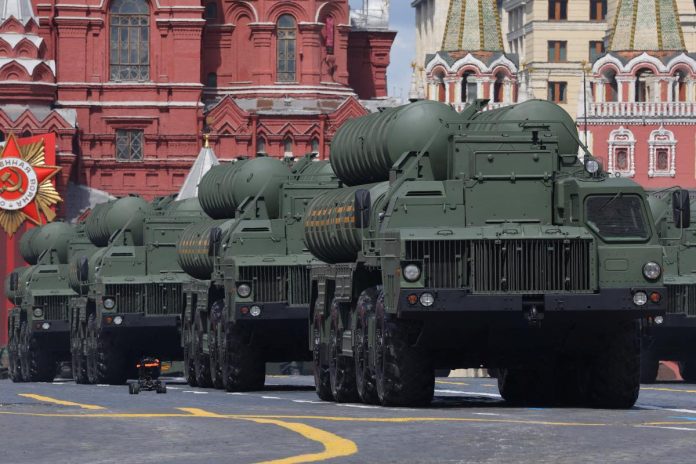A new study has shown that the United States continues to top the list, accounting for nearly 40% of global military expenditures and that Europe’s military spending increased at a record rate in 2022, led by the UK, Germany, and France.
The flood in Europe’s tactical spending assisted worldwide military consumption with arriving at another high of $2.24 trillion, or 2.2 percent of the world’s GDP (Gross domestic product), as per a concentrate by Stockholm-based Global Harmony Exploration Foundation (SIPRI).
One of the study’s co-authors, Nan Tian, was quoted as saying on Sunday, “It’s driven by the war in Ukraine, (which) is driving European budget spending upwards, as well as the unresolved and worsening tensions in East Asia between the US and China.”
“In Europe, it is at its most elevated level since basically the finish of the Virus War,” Tian further accentuated.
ALSO READ: US to concede Ukraine further $4.9 billion in ‘spending plan support’
Europe’s military spending, which will reach $480 billion in 2022, has already increased by a third over the past decade, and it is anticipated that this trend will continue or even accelerate over the coming decade.
The SIPRI noted that the figure does not account for rapid inflation rates, indicating that actual spending was even higher.
Tian stated that the continent could “potentially” experienced growth levels comparable to 2022 for several years.
Britain is the biggest spender in Europe, coming in sixth overall and spending 3.1% of global spending, ahead of Germany, which spends 2.5%, and France, which spends 2.4%, which includes military aid sent to Ukraine.
England, Ukraine’s second-biggest benefactor behind the US in their proclaimed bid to extend the conflict against Russia; “spends more than France and Germany. Additionally, it provided more military aid than Germany and France,” Tian emphasized.
In a year marked by Russia’s military operation in neighboring Ukraine in response to the continued eastward expansion of the US-led NATO military alliance and its refusal to satisfy Moscow’s demand for security guarantees, Europe spent 13% more on its armies in 2022 than it had in the previous year.
The United States alone accounted for a staggering 39% of global military expenditures, according to SIPRI. More than half of the world’s military spending was spent by the United States and China, which came in second with 13%.
Russia had a percentage of 3.9%, India had a percentage of 3.6%, and Saudi Arabia had a percentage of 3.3%.
The think tank also emphasized that the dramatic increase in Europe’s military spending was the highest in more than 30 years and a return to the level of spending in constant dollars that existed when the Berlin Wall fell in 1989.
It also said that Ukraine’s spending on arms increased by seven times to $44 billion, or a third of its GDP. Additionally, the West-sponsored nation has benefited from tens of billions of dollars worth of weapons donations, the majority of which have been provided by Western governments led by the US.
This is while Russian spending climbed simply by 9.2 percent last year, gauges showed. “Regardless of whether you eliminate the two fighting countries, European spending has still expanded by a considerable amount,” Tian further brought up.
According to the study, Sweden, Poland, and the Netherlands were among the European nations that increased their military investments the most over the past decade.
In the meantime, Vietnam, Indonesia, Vietnam, Australia, and Japan are all following the trend.
Some spending increases are also due to the high cost of modern weapons, such as Finland’s purchase of 64 F-35 fighter jets made in the United States last year, according to SIPRI.
The US and its European allies’ increase in military spending comes amid a worsening cost-of-living crisis and rising inflation in the US and several European nations, both of which have prompted protests in recent months.
On Thursday, Christine Lagarde, president of the European Central Bank (ECB), stated that inflation in the eurozone was “too high” and that the monetary policy of the European Central Bank must strive to bring inflation back to its target of 2%.













